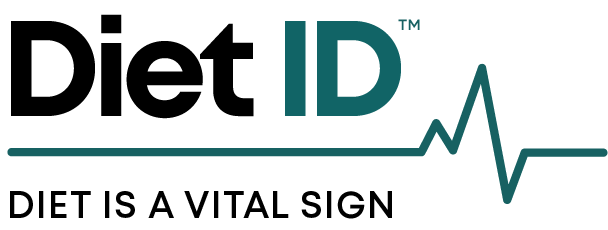We all know too much sugar is bad for our health. And most of us do eat too much. On average, Americans consume 71 pounds of the stuff per year -- that’s 22 teaspoons per day of added sugar (not sugar found naturally in whole foods). It sounds like a lot, but it’s quite easy to reach:
20-oz soda + 2 cookies = 22 teaspoons
Medium flavored latte + medium bran muffin = 22 teaspoons
Granola bar + fruited yogurt = 22 teaspoons
The 2015-2020 Guidelines for Americans recommend no more than 10% of your calories come from added sugar — for a 2000-calorie diet, that’s about 200 calories of sugar a day, or about 12 teaspoons. The American Heart Association’s guidelines are a bit more strict, recommending no more than 6 teaspoons for women and 9 teaspoons for men.
A diet high in added sugar contributes to overweight and obesity, increases risk of insulin resistance and diabetes, increases risk of cavities, increases heart disease risk, accelerates aging, and, according to some studies, can even lead to acne and other disagreeable skin conditions. For some people, sugar messes with mood and even contributes to depression.
So what’s the first rule for cutting down on sugar? Focus on breakfast. For seven days, challenge yourself to avoid added sugars at breakfast.
What’s Out:
Isolated sugars of any kind, even natural sugar, brown sugar coconut sugar, syrups, etc.
Sweetened cereal
Sugar in coffee or tea
Sweetened creamers
Sweetened yogurt
Donuts, pastries, and muffins
Waffles and pancakes
Fruit juice (even though it’s 100% fruit juice, it’s been extracted from the whole fruit and is high in sugar, so a little is ok but do not drink as a beverage)
What’s In:
Whole grains with no added ingredients
Fresh or frozen fruits
Unsweetened plant milks
Unsweetened yogurt
No sugar added cereals
Nuts
Seeds
Vegetables
Tofu
Eggs
Beans
Why this works:
The first food you eat in the morning sets the tone for the day. Feeling triumphant for succeeding at breakfast will spill over into lunch and maybe dinner, helping to decrease overall sugar in your diet over the long term.
No sugar at breakfast will prevent blood sugar spikes and crashes that often lead to cravings for more sugar. Controlling cravings this way will self-perpetuate the habit and help you feel terrific.
You’ll become a sleuth at discovering hidden sources of added sugars. Checking food labels for added sugar is an excellent habit and will help with smart choices at the grocery store.
Decreasing sugar helps reboot your taste buds. You will learn to enjoy the flavors and textures of natural food without excessive sweetness.
After your satisfying, no sugar breakfast, you’re already well on your way to crushing your goal to eat less sugar, which encourages you to keep up the work!
If you’re using Diet ID to help improve your habits, you might have already done this challenge — if so, how’s it going? Sometimes it’s helpful to repeat a challenge to get a new healthy behavior to really stick. Or maybe you’re in the challenge right now — be sure to encourage your co-workers and family to get in on it as well!
Try these no-sugar-added power breakfasts.
Enjoy with a big glass of water with lemon, unsweetened hot or iced tea, herbal tea (one of my favorites is licorice root, which tastes nothing like black licorice but is deliciously sweet with zero sugar), or coffee with or without unsweetened milk.
Green smoothie made with 2 cups raw baby spinach, 2 cups frozen fruit, 1 cup unsweetened oat or almond milk, and 2 tbsp chia or hemp seeds or nut butter
Sweet potato hash with onions and other leftover veggies
Oatmeal made with rolled or steel-cut oats, raisins, and walnuts
Avocado toast made with toasted whole grain bread (check labels for added sugar or bake your own), ripe avocado, fresh lime juice, and crushed red pepper flakes (I like mine with sliced fresh tomato and some roasted chick peas on top)
Breakfast bowl with cooked millet or quinoa (or use mixed whole grain cereal), layered with chopped fruit and ground flax seeds
Fresh fruit salad topped with plain unsweetened yogurt (plant based or dairy), unsweetened muesli or sliced almonds, and cinnamon
Breakfast burrito with a whole grain tortilla, scrambled eggs, grilled or sautéed peppers and onions, salsa, and black beans (Variations -- use a steamed collard leaf instead of the tortilla; use seasoned and sautéed tofu instead of eggs)
Shredded wheat with unsweetened almond milk, a banana, and chopped dates
An apple and brown rice crackers with peanut butter or almond butter
Non-”breakfasty” foods are fine too -- a traditional Japanese breakfast, for example, is miso soup, fish, and rice. Last night’s stir fry or chili would be perfectly fine as well, as long as there’s no added sugar.







